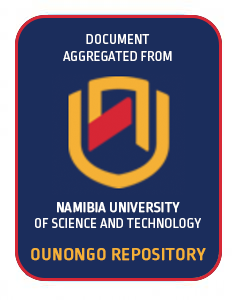The new Flexible Land Tenure Act: an update.
The Flexible Land Tenure (FLT) system was developed by the Ministry of Lands and Resettlement and the discussions started in the period of 1992-1998. It was conceived as an alternative for the land tenure catering for low income groups. The act passed in 2012, and currently the regulations are being revised for approval.


